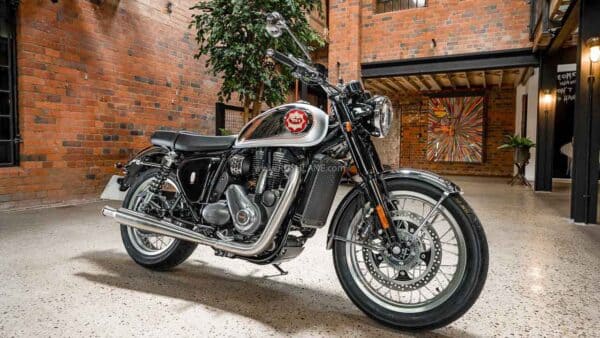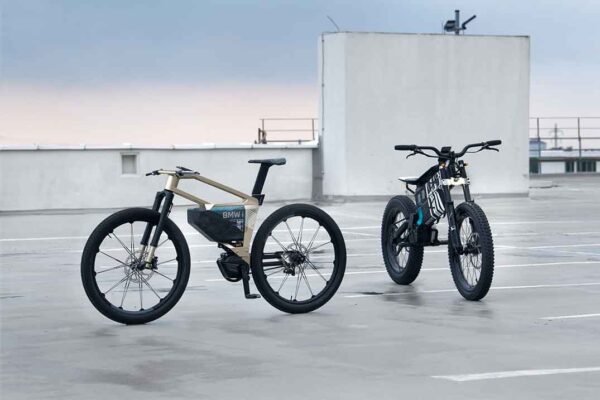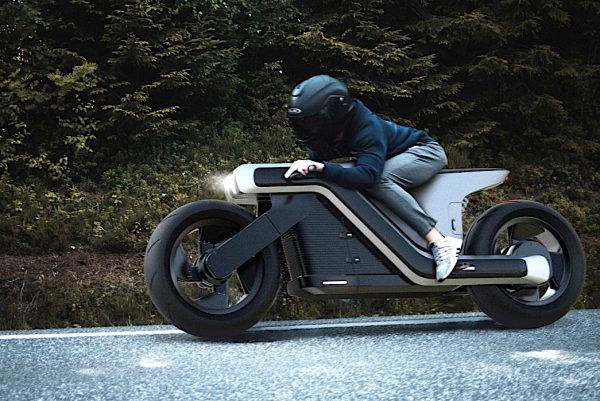BSA Motorcycles Unveils Their First New Motorcycle
from https://www.rushlane.com/ by Pearl Daniels BSA Motorcycles has showcased their new motorcycle under the leadership of Mahindra owned Classic Legends A few days ago, BSA Motorcycles had officially announced their return via social media. The same was also retweeted by Anand Mahindra, helping stir up enthusiasm among BSA fans across the world. Now, their first motorcycle has been officially unveiled. Birmingham Small Arms or BSA has officially mark its revival, with the unveiling of their first new gen motorcycle under the ownership of Classic Legends. The new BSA motorcycle was showcased at an exclusive event in Birmingham UK. Images are credit to BSA Motorcycles Facebook page. BSA Goldstar 650 This new BSA motorcycle is likely to be called as Goldstar 650. It will be on public display at the upcoming Motorcycle Live show in Birmingham, UK being held from 4th-12th December 2021. BSA Goldstar 650 is likely to be powered by a single cylinder 650cc engine and will rival the likes of Royal Enfield 650 Twins in the UK and other markets hopefully. It may be recalled that BSA Motorcycles became defunct in 1970s but with Classic Legends, a Mahindra subsidiary, in-charge of the BSA project since 2016, the brand gets revived with more focus on international markets. Classic Legends acquired BSA for approximately Rs. 28 crores. With this announcement made, Classic Legends has lost no time in readying their new motorcycle. Test bikes have been spied on test in Pune, India. These bikes could also be produced in India at the company’s plant in Pithampur with exports to commence from early next year. BSA Goldstar 650 – More details Classic Legends has set up a technical and design center in Banbury, Oxfordshire followed by assembly of new motorcycles at the BSA facility in Midlands. This new BSA motorcycle will […]
BSA Motorcycles Unveils Their First New Motorcycle Read More »



